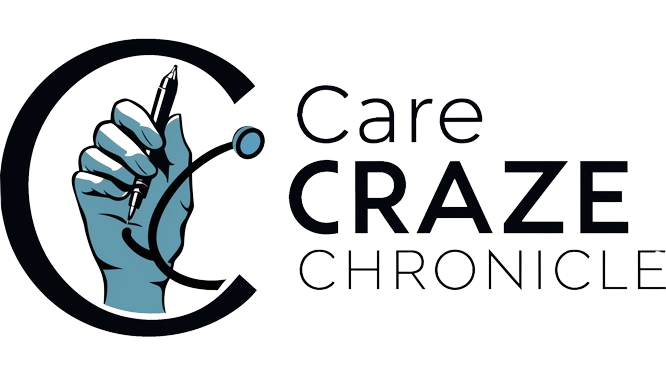What causes thalassemia?
Hemoglobin consists of four protein chains, two alpha globin chains and two beta globin chains. Each chain — both alpha and beta — contains genetic information, or genes, passed down from your parents. Think of these genes as the “code” or programming that controls each chain and (as a result) your hemoglobin. If any of these genes are defective or missing, you’ll have thalassemia.
- Alpha globin protein chains consist of four genes, two from each parent.
- Beta globin protein chains consist of two genes, one from each parent.
The thalassemia you have depends on whether your alpha or beta chain contains the genetic defect. The extent of the defect will determine how severe your condition is.
What are the types of thalassemia?
Thalassemia is classified as trait, minor, intermedia and major to describe how severe the condition is. These labels represent a range where having a thalassemia trait means that you may experience mild anemia symptoms or no symptoms at all. You may not need treatment. Thalassemia major is the most serious form and usually requires regular treatment.
There are two types of thalassemia — alpha thalassemia and beta thalassemia — named after defects in these chains.
Alpha thalassemia
You inherit four genes, two from each parent, that make alpha globin protein chains. When one or more genes are defective, you develop alpha thalassemia. The number of defective genes you inherit will determine whether you experience anemia symptoms and (if so) how severe they’ll be.
- One defective or missing alpha gene means that you won’t experience symptoms. Another name for this condition is alpha thalassemia minima.
- Two defective or missing alpha genes means that if you experience symptoms, they’ll likely be mild. Another name is alpha thalassemia minor.
- Three defective or missing alpha genes means that you’ll experience moderate to severe symptoms. Another name for this condition is Hemoglobin H disease.
- Four defective or missing alpha genes usually results in death. In those rare instances when a newborn survives, they’ll likely need lifelong blood transfusions. Another name for this condition is hydrops fetalis with Hemoglobin Barts.
Beta thalassemia
You inherit two beta-globin genes, one from each parent. Your anemia symptoms and how severe your condition is depends on how many genes are defective and which part of the beta globin protein chain contains the defect.
- One defective or missing beta gene means that you’ll experience mild symptoms. Another name for this condition is beta thalassemia minor.
- Two defective or missing beta genes means that you’ll experience moderate to severe symptoms. The moderate version is called thalassemia intermedia. More severe beta thalassemia involving two gene mutations is called beta thalassemia major or Cooley’s anemia.
What are the symptoms of thalassemia?
Your experience will depend on the type of thalassemia you have and how severe it is.
Asymptomatic (no symptoms)
You likely won’t have symptoms if you’re missing one alpha gene. If you’re missing two alpha genes or one beta gene, you may be asymptomatic. Or, you may have mild anemia symptoms, like fatigue.
Mild to moderate symptoms
Beta thalassemia intermedia may cause mild anemia symptoms, or it may cause the following symptoms associated with more moderate disease:
- Growth problems.
- Delayed puberty.
- Bone abnormalities, such as osteoporosis.
- An enlarged spleen (the organ in your abdomen that plays a part in fighting infection).
You may eventually need surgery to correct skeletal problems. Your healthcare provider may need to remove your spleen if it grows too large.
Severe symptoms
Missing three alpha genes (Hemoglobin H disease) often causes anemia symptoms at birth and leads to severe lifelong anemia. Beta thalassemia major (Cooley’s anemia) often leads to severe anemia symptoms noticeable by age 2.
Symptoms of severe anemia include those associated with mild to moderate disease. Additional symptoms may include:
- Poor appetite.
- Pale or yellowish skin (jaundice).
- Urine that’s dark or tea-colored.
- Irregular bone structure in your face.
